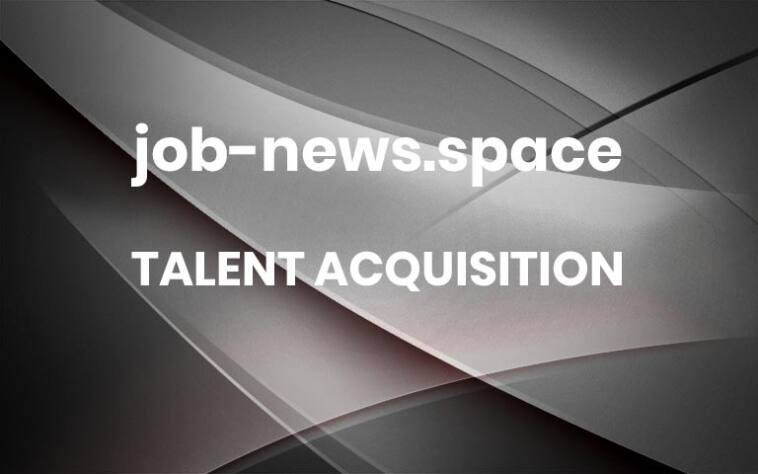Unlocking Creative Talent: A Recruiter’s Guide to Hiring in the Game Industry
The hunt for top creative specialists is fierce. The market is overflowing, demands are constantly shifting, and truly unique skill sets are rare. But don’t worry! This guide offers recruiters actionable strategies to attract and retain exceptional creative talent.
Think Beyond the Traditional
Sometimes, the best hires come from unexpected places. Instead of fixating on rigid criteria like years of experience or formal education, prioritize passion, potential, and cultural fit.
Embrace unconventional backgrounds: A D&D Dungeon Master might possess the imaginative thinking and leadership skills needed to excel as a game designer.
Look beyond the resume: Give candidates opportunities to showcase their unique qualities through diverse interview stages and assessments.
Essential Skills for Creative Specialists
In the dynamic world of game development, creative specialists need a blend of specialized knowledge, core game design principles, and essential soft skills.
Adaptability: The ability to embrace new technologies and trends is crucial in the ever-evolving GameDev landscape.
Out-of-the-box thinking: Generating innovative ideas within technical limitations and genre constraints is a must.
Teamwork: Collaborative spirit and effective communication are vital for bringing creative visions to life.
Hard skills: A deep understanding of game mechanics, trends, and player psychology is essential, along with the ability to apply and reimagine popular mechanics (like the A4 mechanic) in engaging ways.
Prioritize Culture Fit and Soft Skills
Technical prowess is important, but it’s only one piece of the puzzle.
Cultural alignment: Observe how candidates interact with potential colleagues to assess their compatibility with your team’s values and working style.
Strong communication: Seek individuals who can effectively share, pitch, and negotiate ideas.
Adaptability and collaboration: Prioritize candidates who are receptive to feedback, embrace constructive criticism, and foster collaboration.
Empathy and emotional intelligence: Understanding player motivations and emotions is key to crafting compelling game experiences.
Experience Trumps Education
In GameDev, a strong portfolio often outweighs a formal degree.
Real-world evidence: Prioritize candidates with a portfolio demonstrating practical skills and experience through personal projects, indie games, or concept art.
Relevant experience: When faced with a choice, favor candidates whose experience aligns with your project’s specific needs and style.
Evaluating Creativity: A Multi-faceted Approach
Go beyond traditional interviews to assess a candidate’s creative potential.
Test assignments: Gauge their ability to adapt to new challenges and problem-solve.
Brainstorming sessions: Observe their ideation process, collaboration skills, and ability to bring ideas to life.
Real-life case studies: Evaluate their problem-solving approach and creative thinking in practical scenarios.
Portfolio reviews: Assess the diversity, originality, and depth of their work.
Unconventional Hiring Strategies
Think outside the box when hiring creative specialists.
Indie game festivals and hackathons: Connect with passionate junior developers and observe their teamwork and problem-solving skills under pressure.
Workshops and lectures: Engage with aspiring professionals seeking opportunities in established studios.
Social media: Follow industry experts and engage with potential candidates sharing their knowledge and projects on platforms like LinkedIn, Telegram, and Medium.
Key Takeaways for Recruiters
Focus on potential: Go beyond resumes and standardized evaluations to uncover hidden talents and assess a candidate’s true potential.
Build a strong employer brand: Cultivate a reputation for creativity and innovation by actively participating in industry events and sharing your company’s success stories.
Invest in development: Attract and retain top talent by offering opportunities for growth through mentorship programs and training initiatives.
By embracing these strategies, recruiters can navigate the competitive landscape of GameDev and secure the creative talent needed to build exceptional games.
Inessa Baianova is a recruiter at Nexters with over four years of experience in HR, specializing in IT and game development. She leads teams, builds processes from scratch, and mentors young professionals.
Share this post: More



